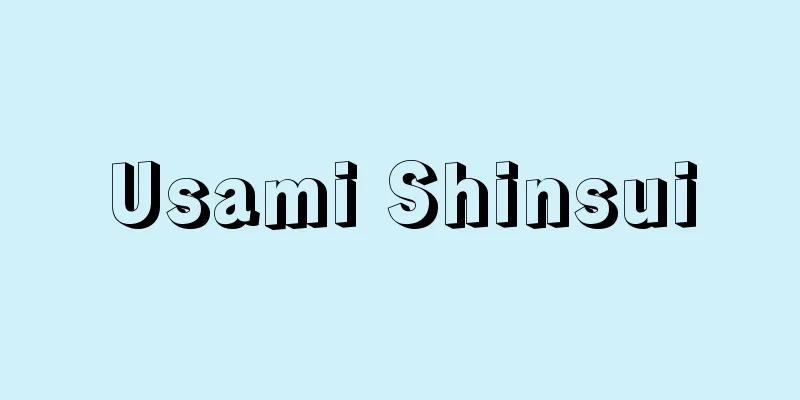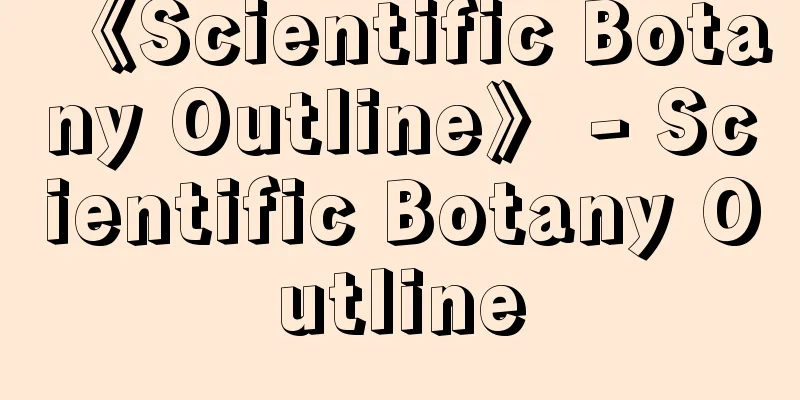Plain weave - Hiraori

|
One of the three basic weaves of fabrics. It is the most basic and simplest of all weaves, in which the warp threads and weft threads alternate up and down one by one, rising and sinking as they cross each other. This weave keeps the floating length of both the warp and weft threads to a minimum, resulting in a firm texture and allowing for the creation of a strong weave. Plain weave textiles are the earliest textile to appear, dating back to the beginning of the Neolithic period, with fragments dating back to around 4200 B.C. being discovered in Egypt, and fragments also being found in the Yayoi period ruins of Toro and Kitakyushu in Japan. This weave is probably a shift from the knitted weave that existed before (provisionally called mojiri-ami) with the invention of the heddles, and is presumed to have been the weave that triggered the rapid development from knitting culture to weaving culture. This weave is made up of the number of threads per unit of warp and weft threads, and depending on the ratio of these threads, it can be classified into (1) warp texture, where the number of warp threads is greater than the number of weft threads, (2) flat texture, where the number of warp threads and weft threads are roughly the same, and (3) weft texture, where the number of weft threads is greater than the number of warp threads. By changing the thickness of the weft threads, the strength of the twist, and the use of colored threads, it is possible to create fabrics with different textures and appearances. For example, thick threads can be woven into part of the warp or weft threads at regular intervals to create a gradient weave, or different threads can be woven into parts to create a "thread-in" or striped pattern, or tapestry weave, where the weft threads are not woven across the entire width, but only the patterned parts are knitted and bound together. This basic weave is the most widely used in practical applications, and is used in the majority of fabrics used in clothing. [Kadoyama Yukihiro] [Reference] |Source: Shogakukan Encyclopedia Nipponica About Encyclopedia Nipponica Information | Legend |
|
織物の三原組織のうちの一つ。織物組織のうちもっとも基本的であり、簡単な組織で、経(たて)糸と緯(よこ)糸とが1本ずつ交互に上下して、浮沈しながら交錯するものである。この組織は、経糸も緯糸も浮く長さが最小限に止められるから、地合いはがっちりと組織されることになり、じょうぶな織物組織を構成することができる。 平織組織からなる織物は、織物の発生のうちもっとも早く出現するもので、時期的には新石器時代の初めに現れ、エジプトでは紀元前4200年ごろの断片が発見されており、日本では弥生(やよい)時代の登呂(とろ)遺跡や北九州の遺跡から、やはり断片が発見されている。この組織は、おそらくそれ以前にあった編物組織(もじり編みと仮称している組織)から綜絖(そうこう)の発明によって転換し、急速に編物文化から織物文化へ発展する契機となった組織であったと推測される。 この組織は、経糸と緯糸との単位当りの糸本数により構成されるが、その比率関係によって、(1)経糸本数が緯糸本数より多い経(たて)地合いのもの、(2)経糸本数と緯糸本数がほぼ同じの平(ひら)地合いのもの、(3)緯糸本数が経糸本数よりも多い緯(よこ)地合いのもの、に分類できる。そして経緯糸の太さ、撚(よ)りの強弱、色糸の使い方を変化させることにより、地合い・外観の変わったものが生み出されることになる。たとえば、経糸または緯糸の一部に、一定間隔ごとに太い糸を織り込んで勾配(こうばい)織にするとか、別の糸を部分的に織り込んで「糸入り」や縞(しま)にするとか、あるいは緯糸を全幅にわたって緯通しすることなく、模様部分だけ編み綴(と)じるようにして織った綴織(つづれおり)などの変化組織が構成されることになる。 この基本組織は、実用的方面においてもっとも広く利用されており、衣生活のなかで用いられる大部分の織物に、この組織が使われている。 [角山幸洋] [参照項目] |出典 小学館 日本大百科全書(ニッポニカ)日本大百科全書(ニッポニカ)について 情報 | 凡例 |
Recommend
Udaiji Temple
…It was a government temple located in Kujo Ichib...
Shigetoshi Kawatake
Theater researcher. Doctor of Literature. Born in...
《Hero and Leander》(English spelling)HeroandLeander
…Marlowe's plays have the drawbacks of being ...
Linear shorthand method
...The semi-cursive school is a compromise betwee...
deathwatchbeetle
...The general name for the Anobiidae family of b...
Kundt, AAEE (English spelling) KundtAAEE
…In 1866, the German physicist August Adolph Edua...
Garter knitting machine - Garter knitting machine
…The first treadle stocking knitting machine was ...
Amazonas Theater - Amazonas Theater
Teatro Amazonas is a theater located in the old to...
Phonocardiogram
...The development of superior phonocardiographs ...
Song of Myself
...As one researcher commented, "It's li...
Kahoku Watermelon
...Because there are many percussion players and ...
Euphrosyne - Euphrosyne
…In Latin, they are called Gratiae, and in Englis...
service
〘noun〙 (service)① To provide services that do not ...
Segmentation
…As such, the division of single sounds is not al...
Forest road - Rindou
This refers to a facility constructed as a traffi...








![Kodiak [island] - Kodiak](/upload/images/67cb974c4e75a.webp)
